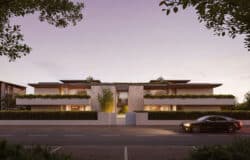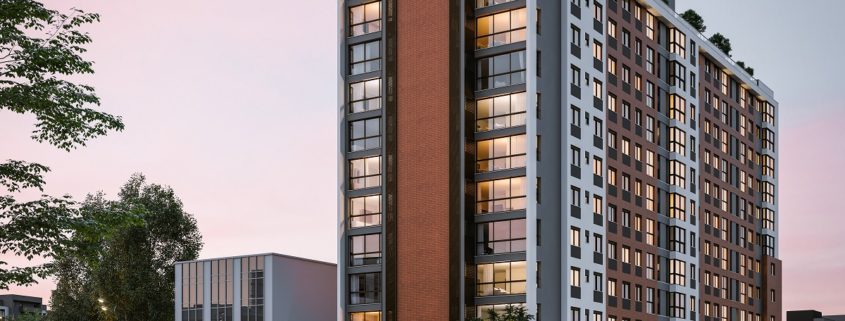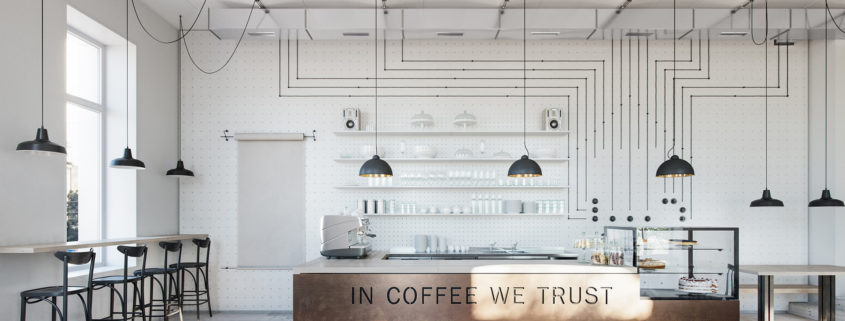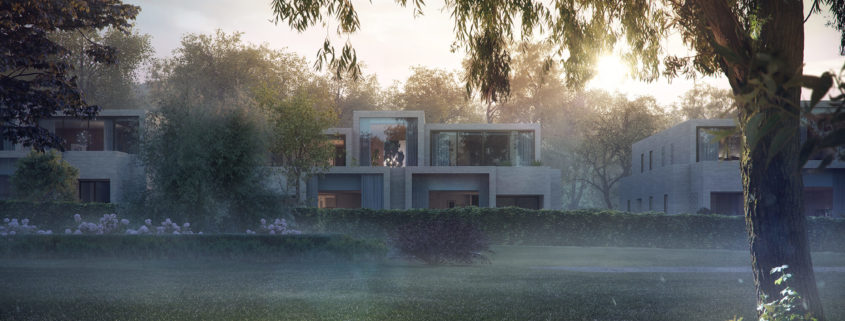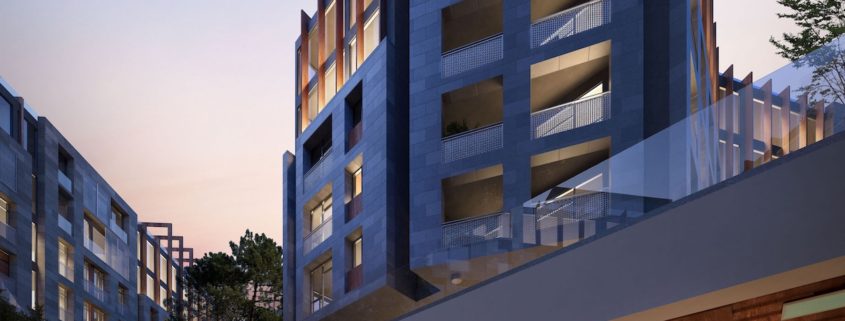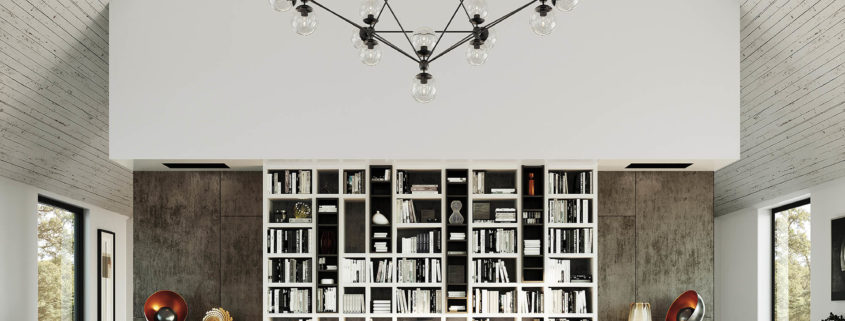Atlantique Residence by Diego Torquato Silva
We received this project as a challenge to represent the full potential that the Atlantique residential offers. Located in an important area and overlooking the sea and the island city of Florianopolis. We seek to illustrate from sunrise to sunset. Bringing different tonalities and potentialities in the illustrations. In the private areas, we can project the concept and have creative freedom.





